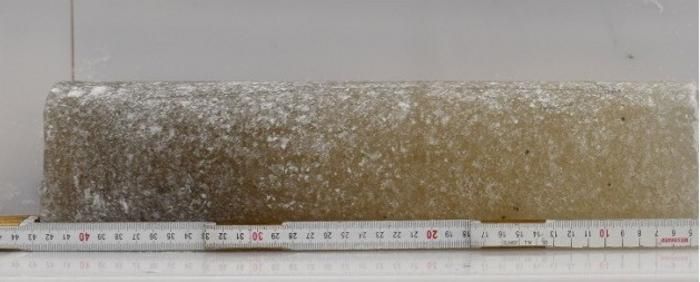
Antarctica is far more than just a bucket-list destination for travelers and a home for penguins. It's a veritable time machine, holding evidence from millions of years of Earth's climatic history deep within the ice.
Scientists working with the Center for Oldest Ice Exploration (COLDEX) have collected the oldest directly dated ice cores ever drilled: 6 million years old. In studying the air and water from the samples, they glimpsed the climate of the ancient Earth, when the planet was warmer than it is today and sea levels were higher — and discovered evidence of a long-term cooling period.
Led by Sarah Shackleton of Woods Hole Oceanographic Institution and John Higgins of Princeton University, the team collected the sample from the Allan Hills of East Antarctica, where the topography of the landscape brings ancient ice nearer to the surface. While the researchers expected to find ice up to 3 million years old here, the sample greatly exceeded expectations.
"The team has built up a library of what we call 'climate snapshot'’ roughly six times older than any previously reported ice core data, complementing the more detailed younger data from cores in the interior of Antarctica," COLDEX Director Ed Brook, a paleoclimatologist from Oregon State University, said in a statement.
Tapping into the air bubbles frozen into the ice, scientists measured an argon isotope to date the sample. Then, looking into oxygen isotopes in the ice, the team discovered there was a long-term cooling period during the Pliocene era; it appeared that the Earth cooled about 22 degrees Fahrenheit (12 degrees Celsius) over this period.
The team will continue to study these samples through the lens of climate change, analyzing and reconstructing levels of atmospheric greenhouse gases and ocean heat. They'll also return to Allan Hill to drill more cores — and hopefully find even more ancient ice.
"Given the spectacularly old ice we have discovered at Allan Hills, we also have designed a comprehensive longer-term new study of this region to try to extend the records even further in time, which we hope to conduct between 2026 and 2031," said Brooks.
The team's research was published in Proceedings of the National Academy of Sciences on October 28, 2025.







